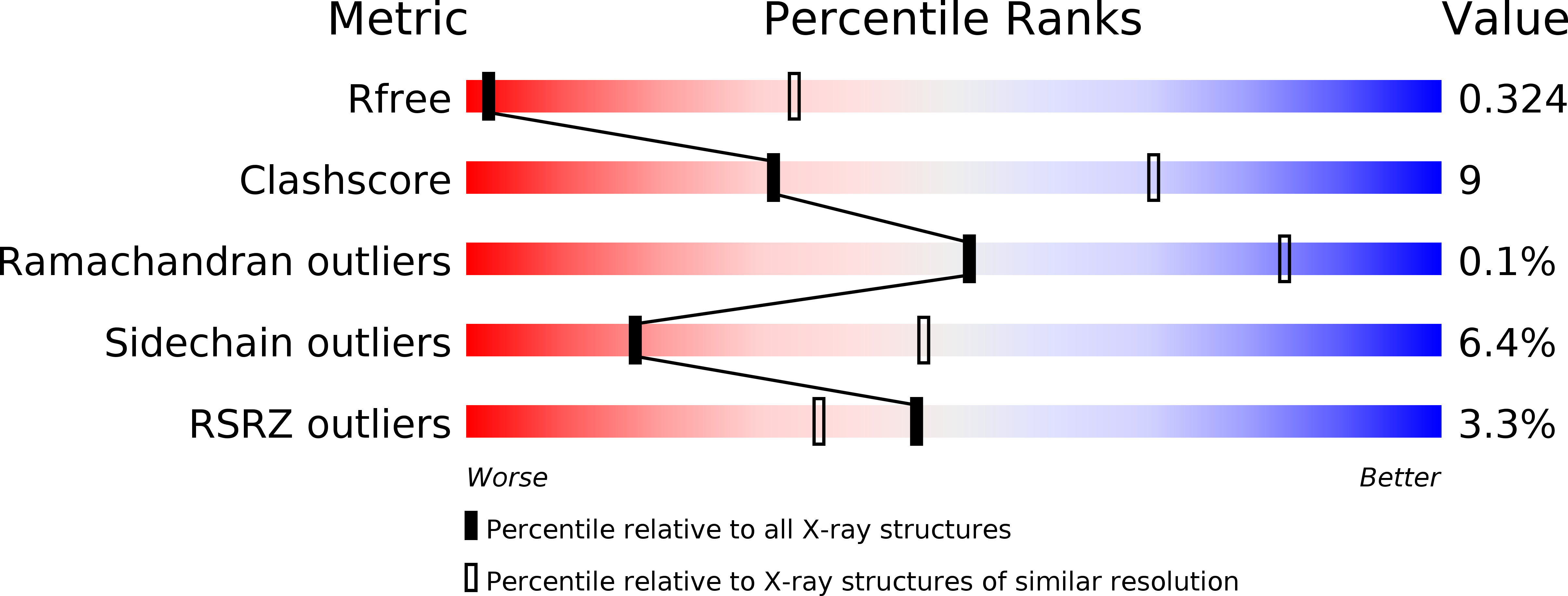
Deposition Date
2016-12-22
Release Date
2017-05-31
Last Version Date
2023-10-04
Entry Detail
PDB ID:
5UCG
Keywords:
Title:
Structure of the PP2C Phosphatase Domain and a Fragment of the Regulatory Domain of the Cell Fate Determinant SpoIIE from Bacillus Subtilis
Biological Source:
Source Organism:
Bacillus subtilis (strain 168) (Taxon ID: 224308)
Host Organism:
Method Details:
Experimental Method:
Resolution:
3.91 Å
R-Value Free:
0.32
R-Value Work:
0.27
R-Value Observed:
0.27
Space Group:
P 43 21 2


